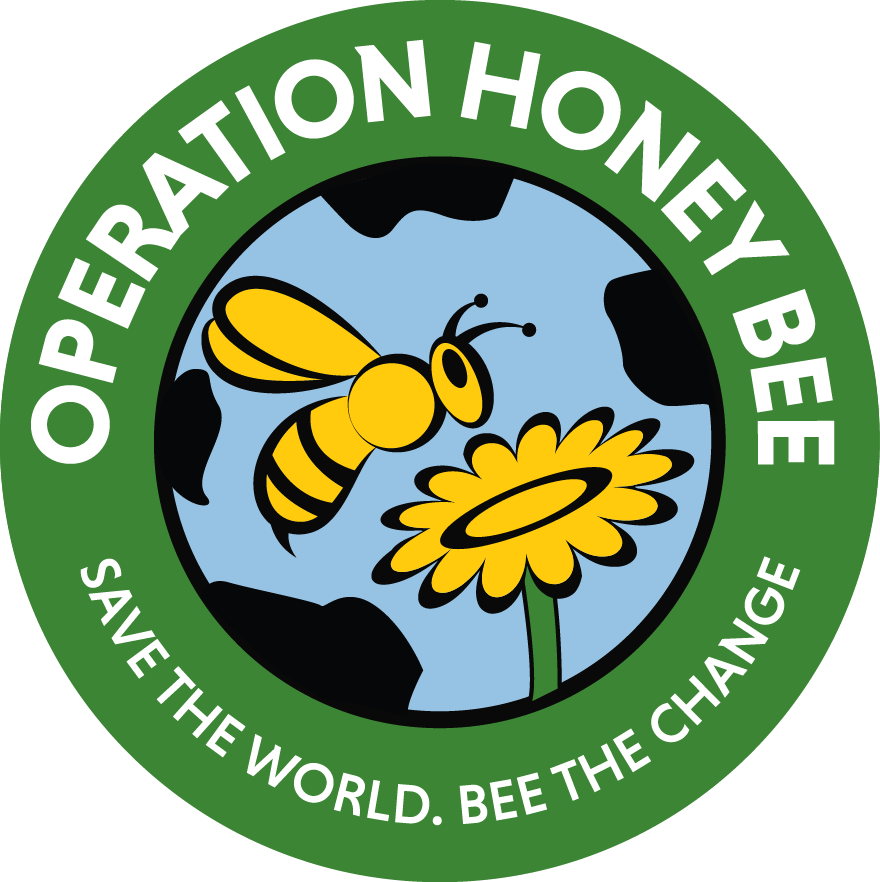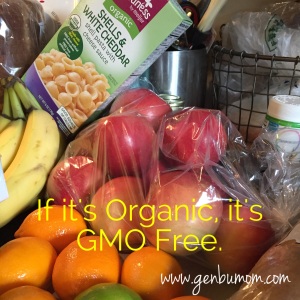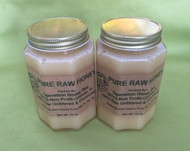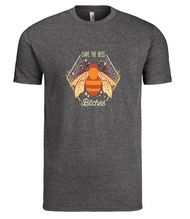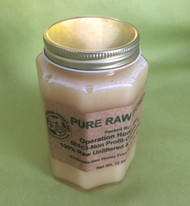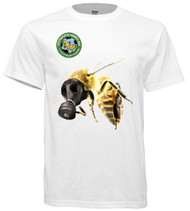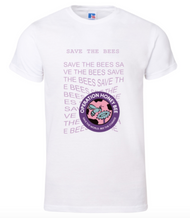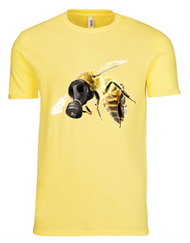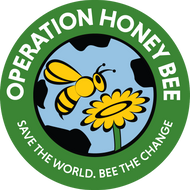Organic & NON GMO Options: Reading Labels 101
Label reading 101: Organic and Non GMO options
The Basics on How to Read a Label
- Look for USDA Organic. Certified USDA Organic should not contain GMO’s or GE’s (genetically engineered) ingredients. To be labeled this way it must meet a 3rd party standard to carry this label. USDA organic is at least 95% organic
- Contains organic ingredients or made with Organic – It’s at least 70% organic. The ingredient list will indicate which ingredients are organic.
- Instead of a 4-digit number beginning with a “4,” organic produce has a 5-digit number that begins with a “9.”
- Non-GMO certified and labeled. No GMO or GE ingredients. This link can help you research entire brands and certain products that participate in being labeled.
- It may not be organic, but it could be Non-GMO, which is a great alternate option to organic that may be cheaper. For example, a store brand Raisin Bran cereal I purchased said Non-GMO on the label, even though it was not organic.
- No added hormones or antibiotics. No additional hormones or antibiotics were given to the animal during it’s lifetime. Must be proven the animals were never administered these items. However, this does not necessarily certify the product as organic (or humane).
- For example, the animal may still have been raised and confined inhumanly. The animal may have been raised eating genetically modified food meal, subjecting it’s body and organs to bio accumulating chemicals.
- Grass-fed. The livestock has been fed via grazing, hence ‘grass-fed’ or allowed reasonable access to the outdoors to graze on natural plants, (rather than GMO corn feed). However, this does not mean the animal has been treated humanly, free of antibiotics, or added growth hormones. Granted, grazing animals are generally healthier and less disease-prone , thus may require less treatments with antibiotics.

Three cows in Val di Scalve, Alps mountains, Italy. Image courtesy of dreamstime.com
- Natural. ‘…this only means that the meat may not have any artificial colors, artificial flavors, preservatives, or other artificial ingredients.’ [1] This label does not protect the consumer from GMO’s. You may wish to avoid products that are simply labeled ‘natural.’
This article is only information to get you started. There are many excellent resources for how to read food labels on the internet.
- Start small- replace the most consumed foods in your household with USDA organic. For example: strawberries, apples, bread, cereals, crackers, eggs, meat, yogurt and milk.
- Replace one processed snack food with a real food. Do you always eat a packaged protein granola bar for a snack? Replace with unsalted almonds and an organic apple.
- Replace one meat meal a week with a meatless meal. Options such as eggplant parmesan, portabella mushroom ravioli, and black bean enchiladas are vegetarian favorites of my husband and kids.
I love this concept from Silk brand soy milk. Meatless Monday’s. Check out this link on MeatlessMonday.com with recipes and information about lowering our carbon footprint by eating meatless a few days a week. For example, a meat/cheese free day by a family of four once per week is the equivalent of taking a car off the road for 5 weeks! [2]
There are many resources available for educating yourself on label deciphering. Keep learning a little more each week to become an ‘expert’ label reader. It does not happen overnight and yes, your grocery trip may take you a little longer at first, but it’s worth it.
When we read labels, we make better decisions also about salt, sugar, trans fat and caloric content, to name a few items. Reading labels helps us contribute to a healthier society and teaching our children to appreciate and care for what goes into their bodies.
Sources:
- How to for Dummies website. “How to read organic food labels.” Accessed September 23, 2015. http://www.dummies.com/how-to/content/how-to-read-organic-food-labels.html
2. Article ‘Sideline Meat this Football Season with Silk and Meatless Monday.’ October 5, 2015. www.meatlessmonday.com
Featured Products
-
$100.00

-
$40.00

-
$29.95

-
$17.00

-
$25.00

-
$25.00

-
$29.95

-
$25.00

-
$35.00

-
$49.95

-
$29.95

-
$100.00

-
$5.00

-
$50.00

 Loading... Please wait...
Loading... Please wait...
